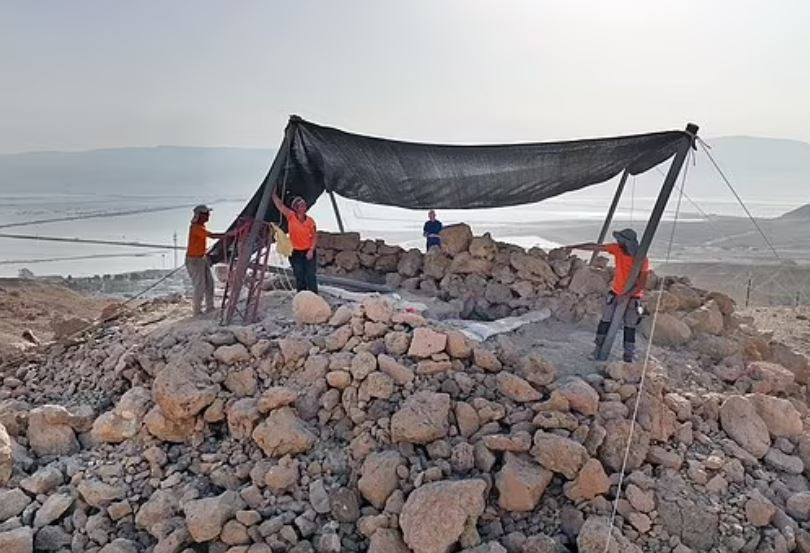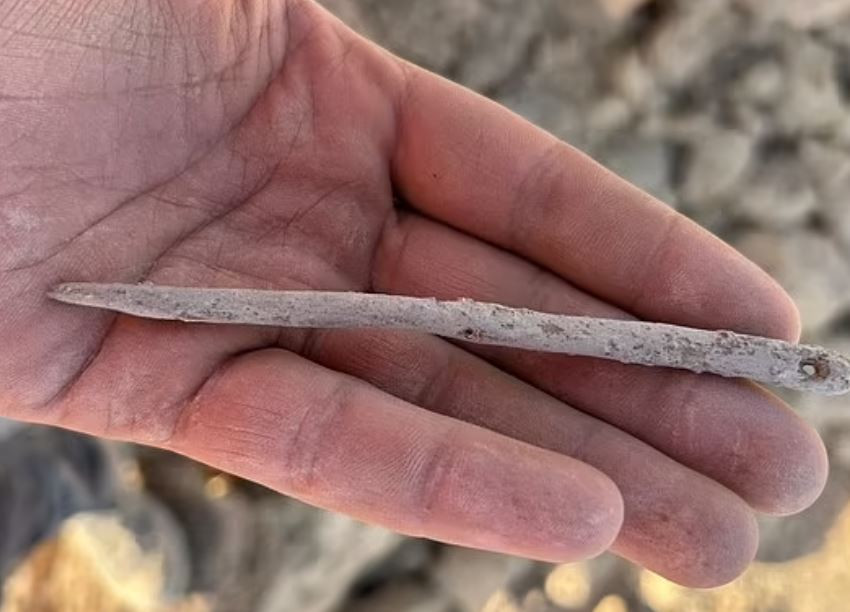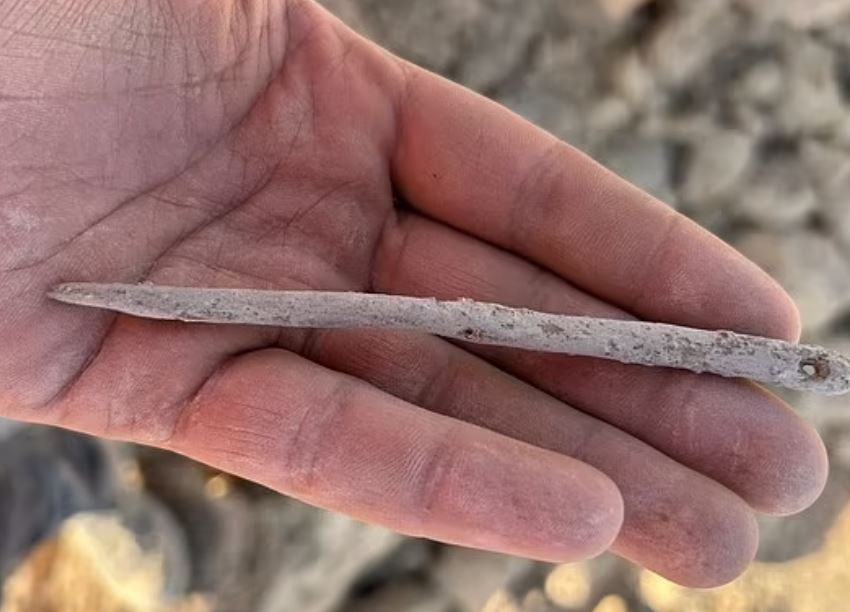“Unsolvable puzzle” for the archaeological community, a pyramid full of treasures found in the Judea desert- scenarios
Scientists in Israel remained, without exaggeration, bewildered after the discovery of a “mysterious” pyramid -shaped structure, filled with ancient treasures in the Judean desert.
The “incredible fortress of the desert”, about 2,200 years old, was revealed in the Nahaal Zohar valley near the Dead Sea in eastern Israel.
Unlike the perfectly arranged blocks of the Pyramids of Egypt, the 20 -meter -high formation is made of hand -carved stones, each weighing hundreds of pounds.
The findings between the stones include documents written in Greek in papyrus – a material similar to paper, made from the papyrus pump.
There are also 2,200 -year -old weapons, fabrics, baskets, beads and bronze coins, excavators from the beginning of Israel’s antiquities say.
“The findings are shocking and they cause emotion. Their importance for archaeological and historical research is enormous, “said Eli Escusido, director of the Israeli Antiquities Authority.
However, the importance and purpose of creating this building has not yet been clarified by researchers.
They do not know for sure what the building was serving, but it could have been erected as a tomb or historical monument.
It may have been a fortress tower, a staunch station to protect a significant commercial route along the Dead Sea.
About 2,000 years ago, precious resources such as salt and tar – a substance used in the ancient world as glue, mortar and waterproofing material – would have been transported along it.
Όταν αυτά τα πολύτιμα εμπορεύματα έφταναν στα παράκτια λιμάνια γύρω από τη Νεκρά Θάλασσα και αγοράζονταν από πλούσιους εμπόρους.
Σύμφωνα με την Αρχή Αρχαιοτήτων του Ισραήλ που πραγματοποιεί ανασκαφές με τη βοήθεια εθελοντών, το οικοδόμημα χρονολογείται από την εποχή που η Αιγυπτιακή δυναστεία των Πτολεμαίων και η δυναστεία των Ελλήνων Σελευκιδών κυβέρνησαν το Ισραήλ.
Κάποια στιγμή εκεί υπήρχες ένας «σταθμός» – σημείο στάσης για ταξιδιώτες μεγάλων αποστάσεων.
Η εποχή εξακριβώνεται εξάλλου από τα χάλκινα νομίσματα με αναφορές στους Πτολεμαίους και τον Αντίοχο Δ’, τον βασιλιά της αυτοκρατορίας των Σελευκιδών.
Σε κοινή δήλωση, οι διευθυντές ανασκαφών Matan Toledano, Dr Eitan Klein και Amir Ganor χαρακτήρισαν το αρχαιολογικό εύρημα ως «πολλά υποσχόμενο χώρο» σε «καταπληκτική κατάσταση».
«Αυτό που έχουμε εδώ είναι μια από τις πιο πλούσιες και πιο ενδιαφέρουσες αρχαιολογικές ανασκαφές που έχουν βρεθεί ποτέ στην έρημο της Ιουδαίας», είπαν.
Source :Skai
I am Frederick Tuttle, who works in 247 News Agency as an author and mostly cover entertainment news. I have worked in this industry for 10 years and have gained a lot of experience. I am a very hard worker and always strive to get the best out of my work. I am also very passionate about my work and always try to keep up with the latest news and trends.

















